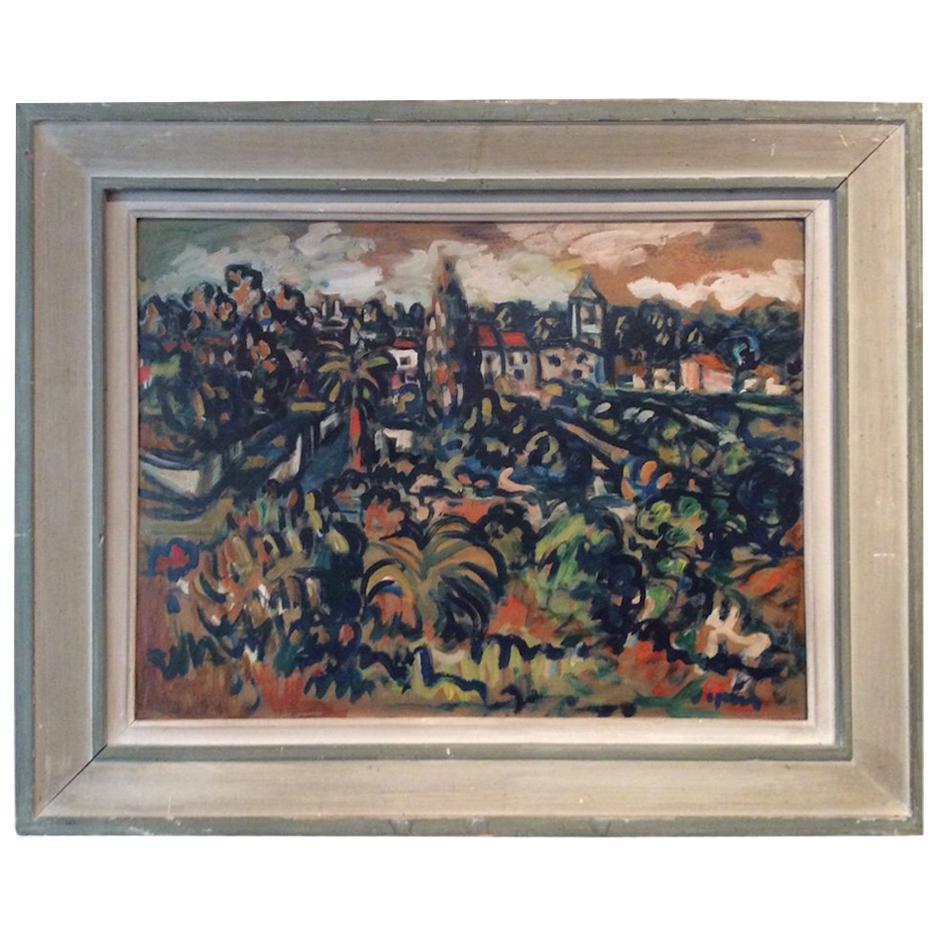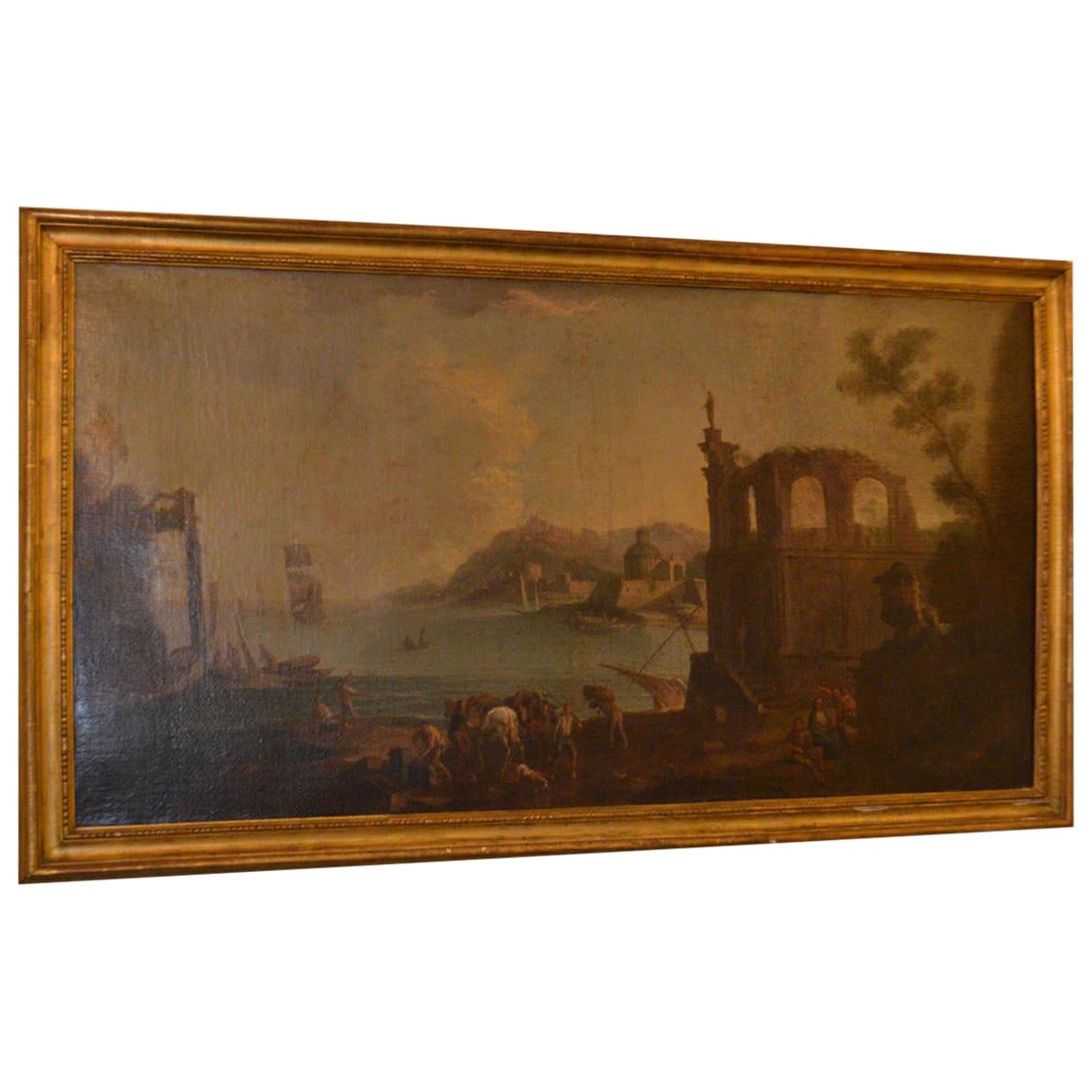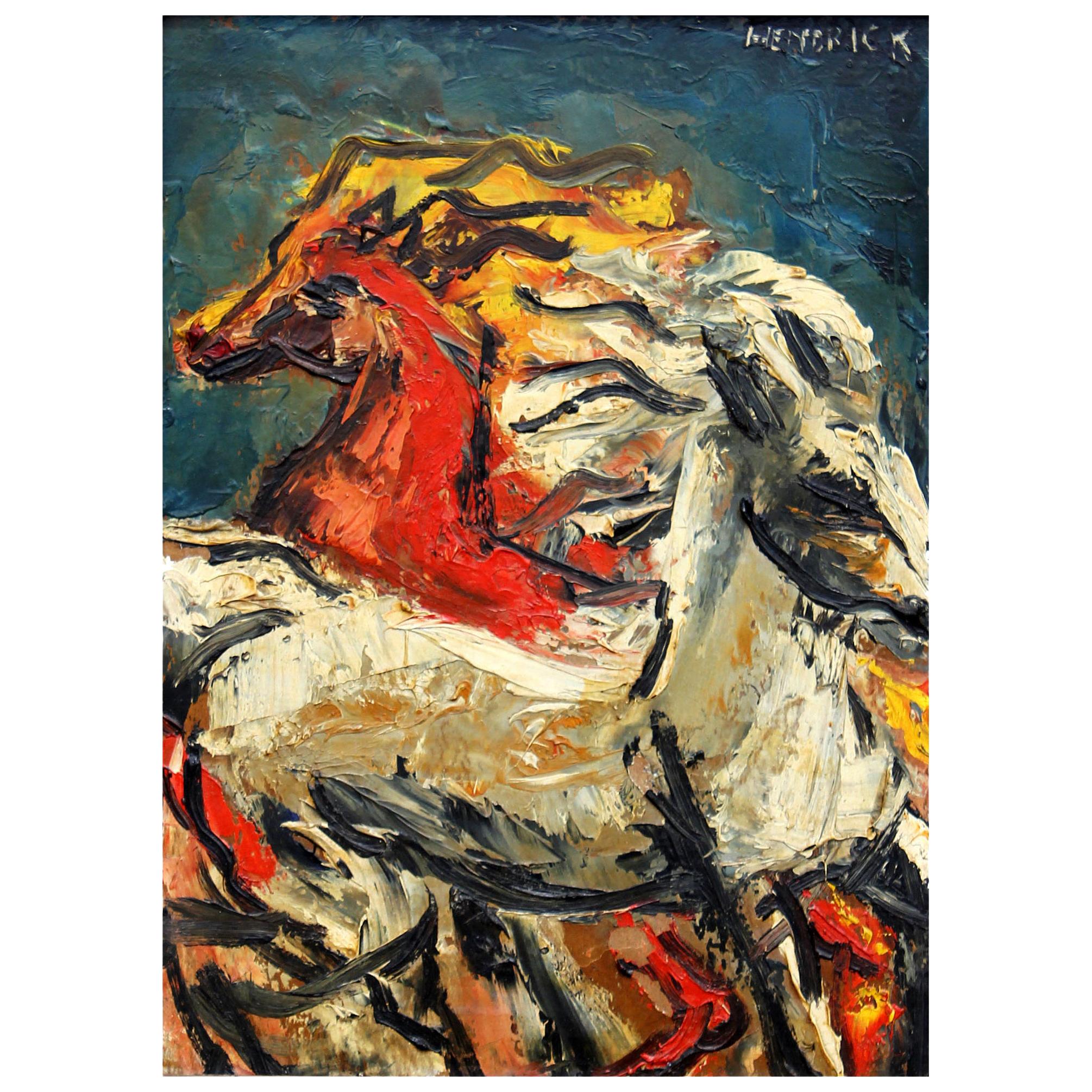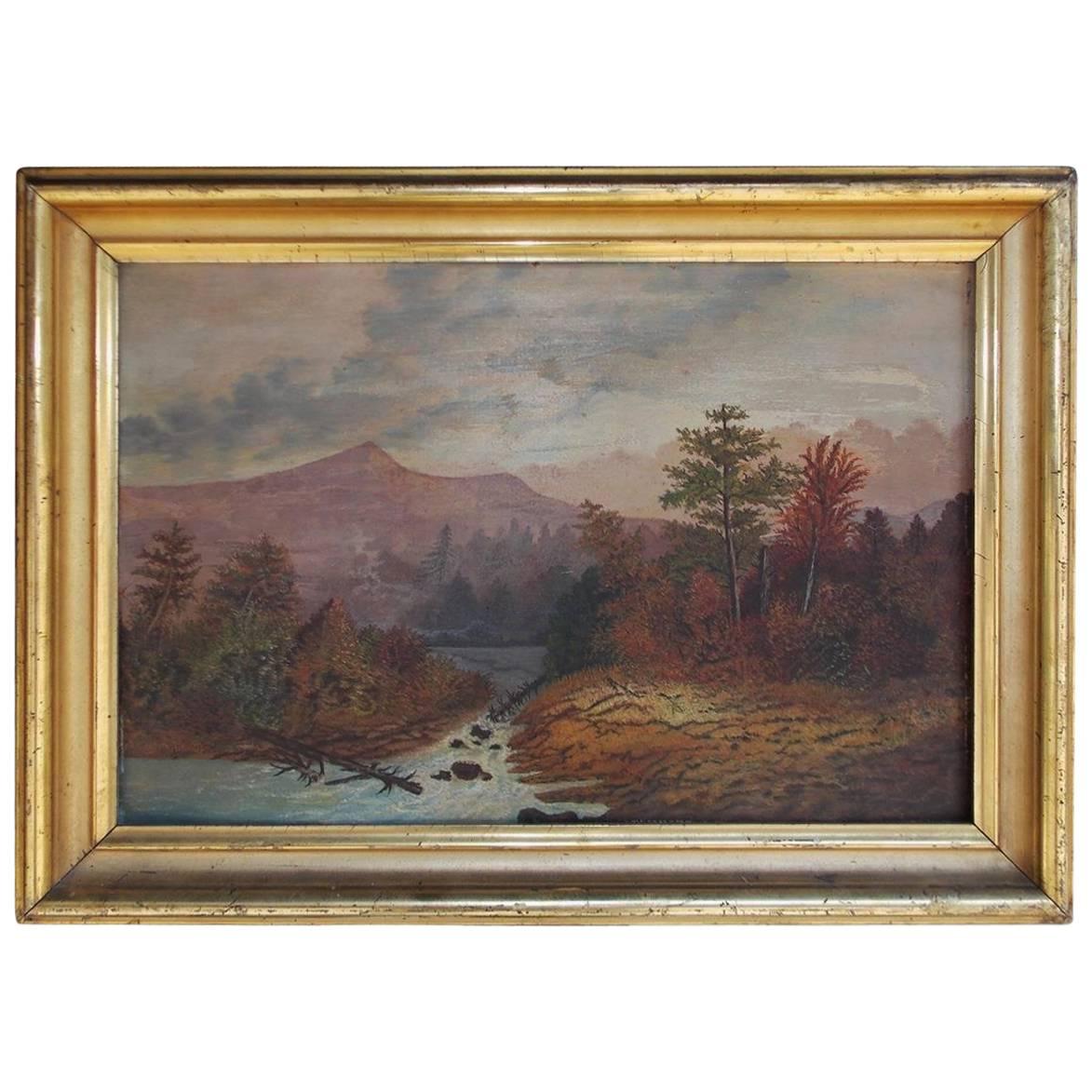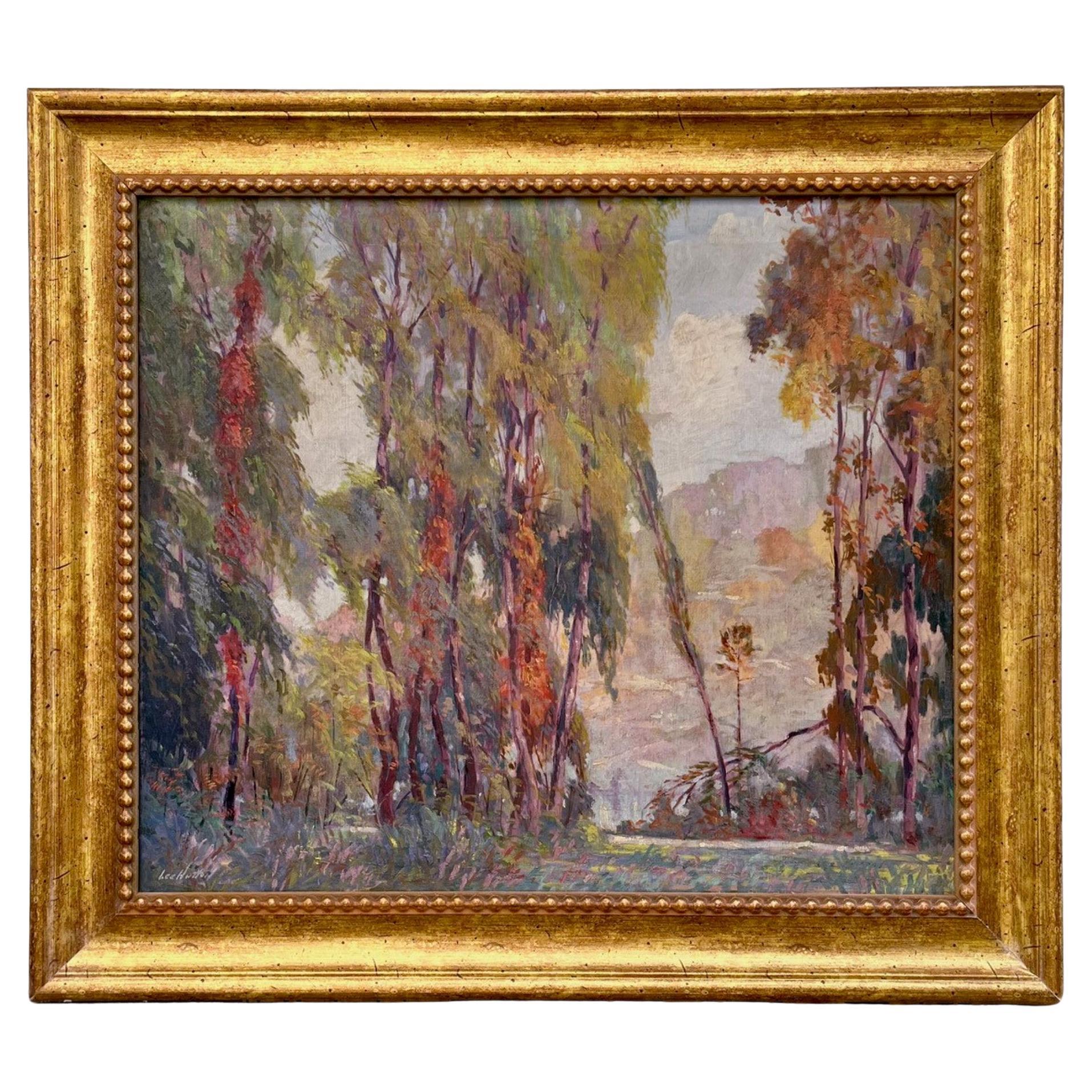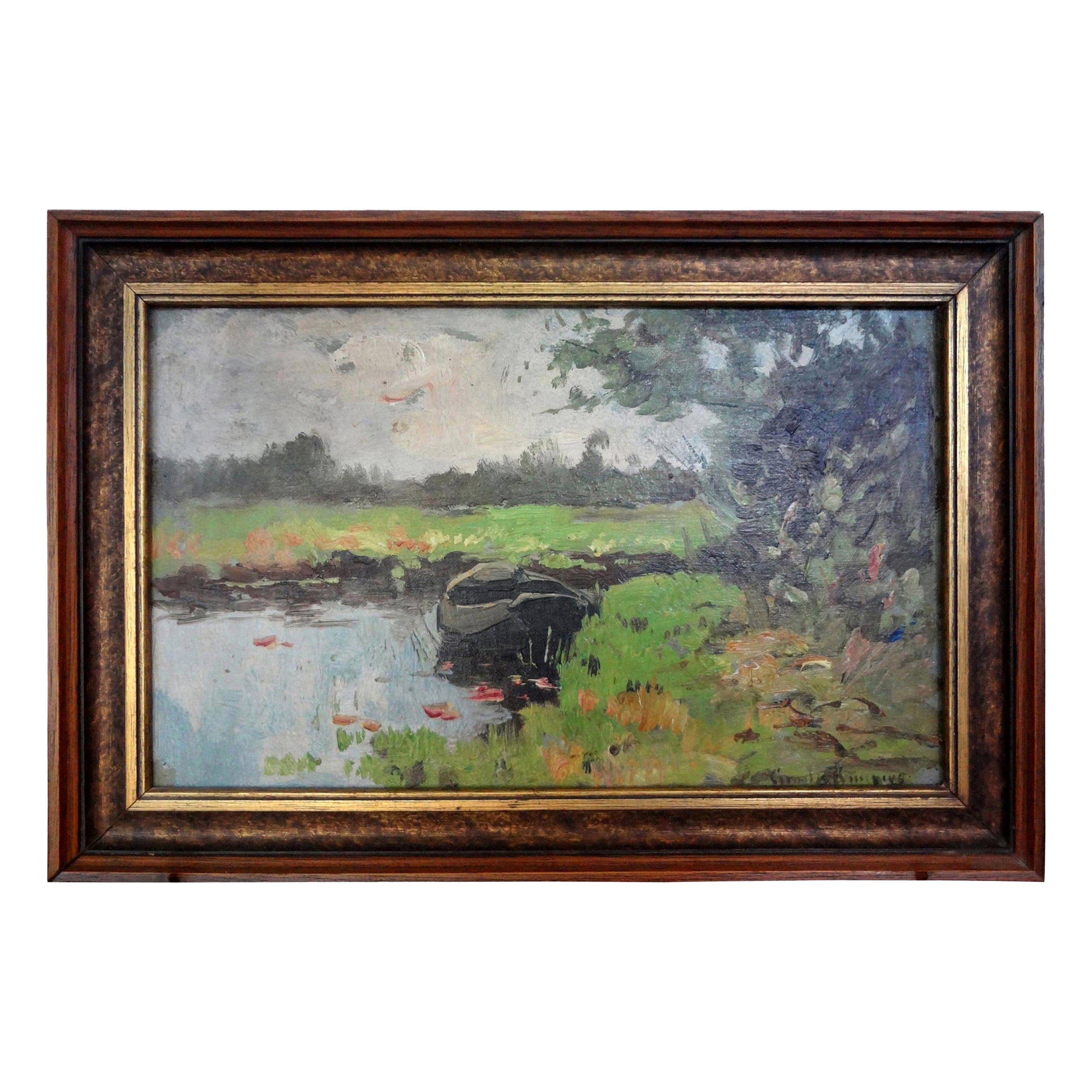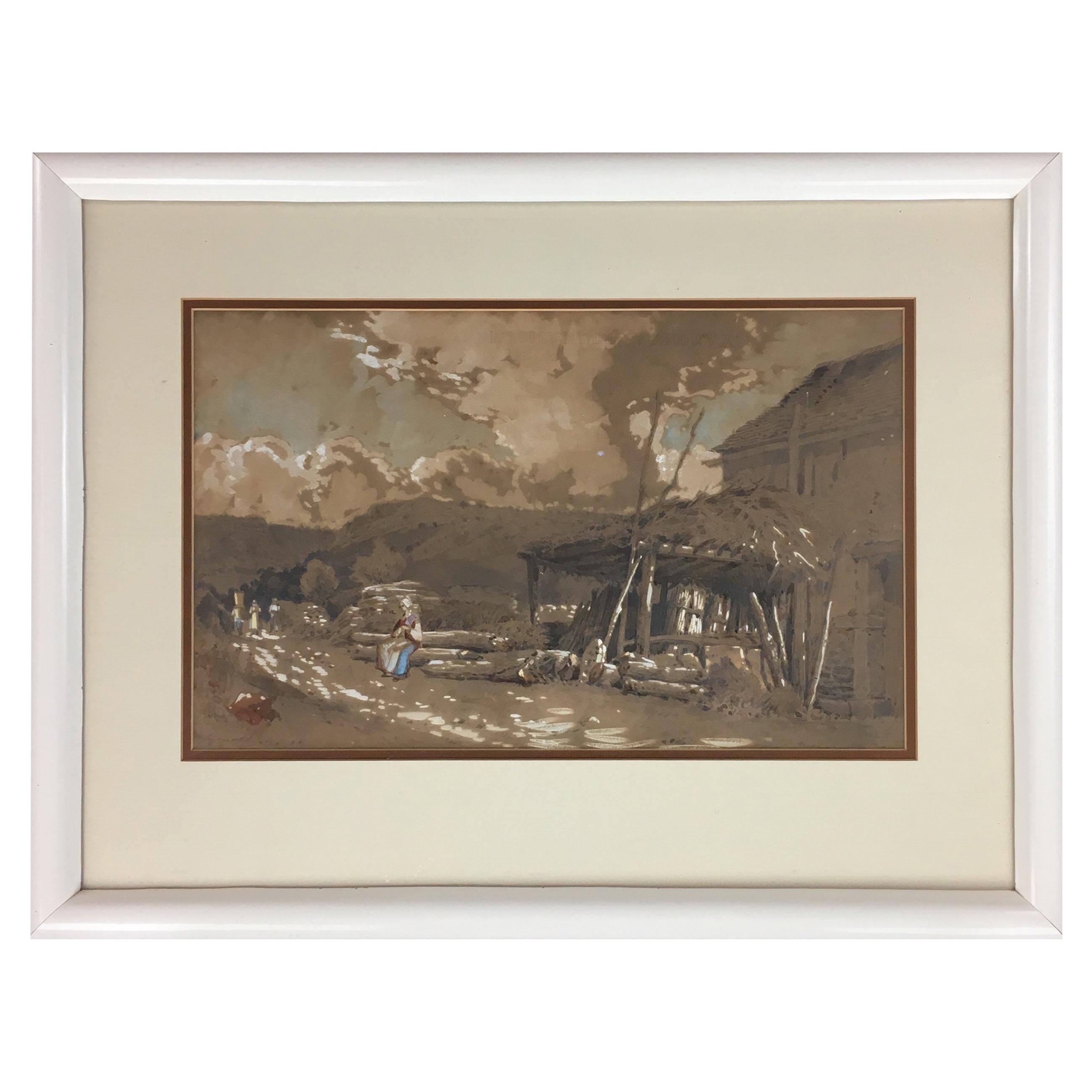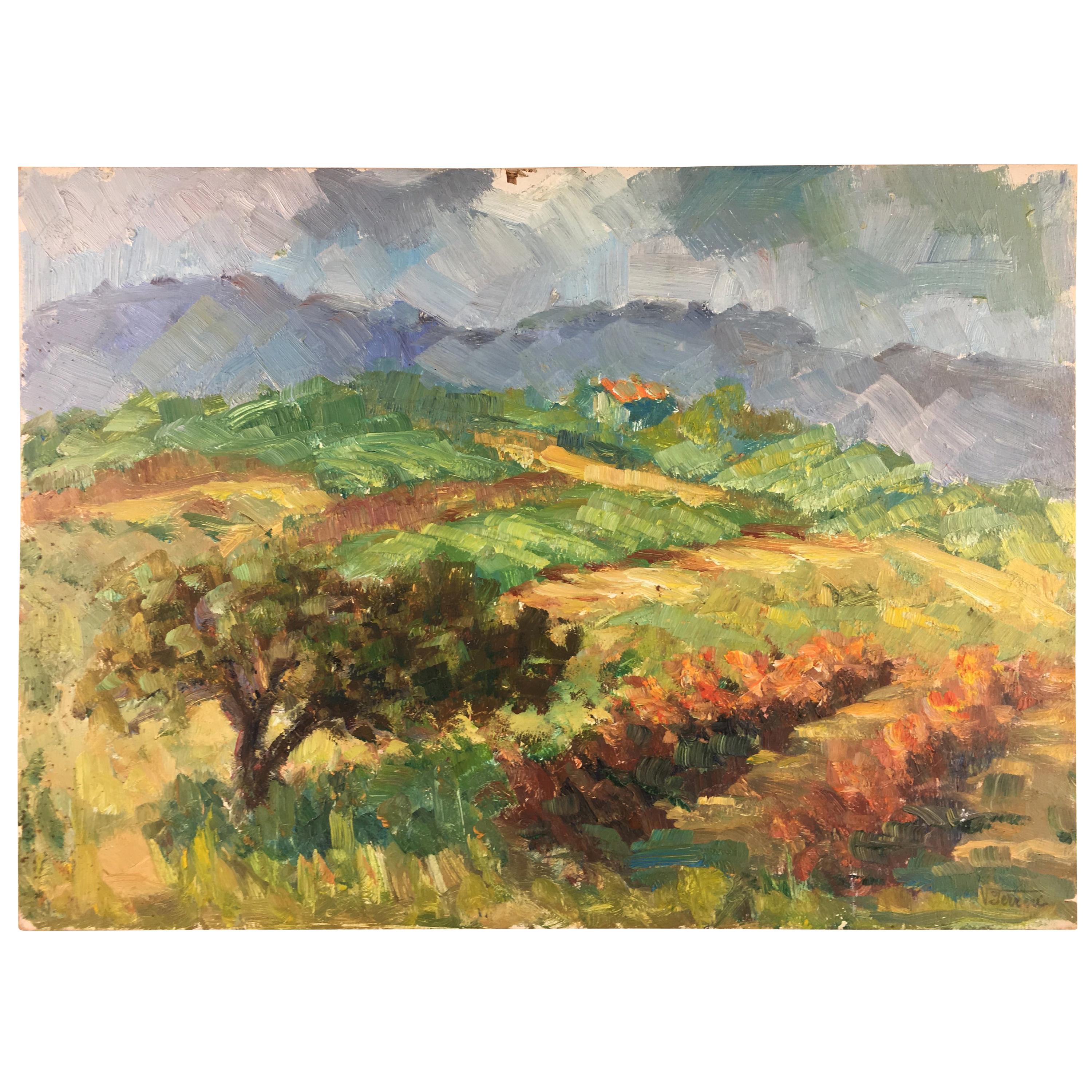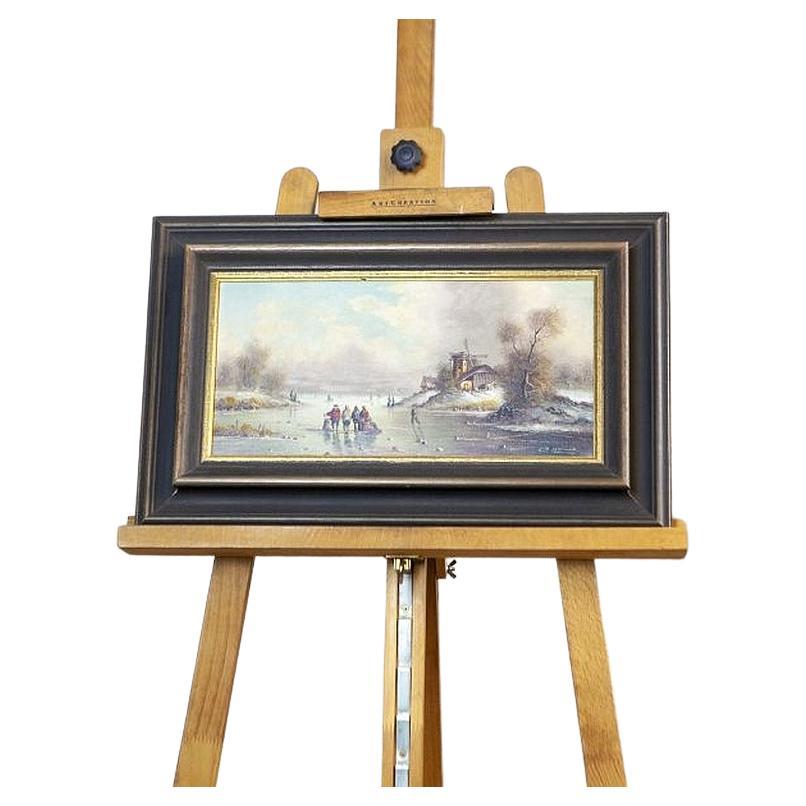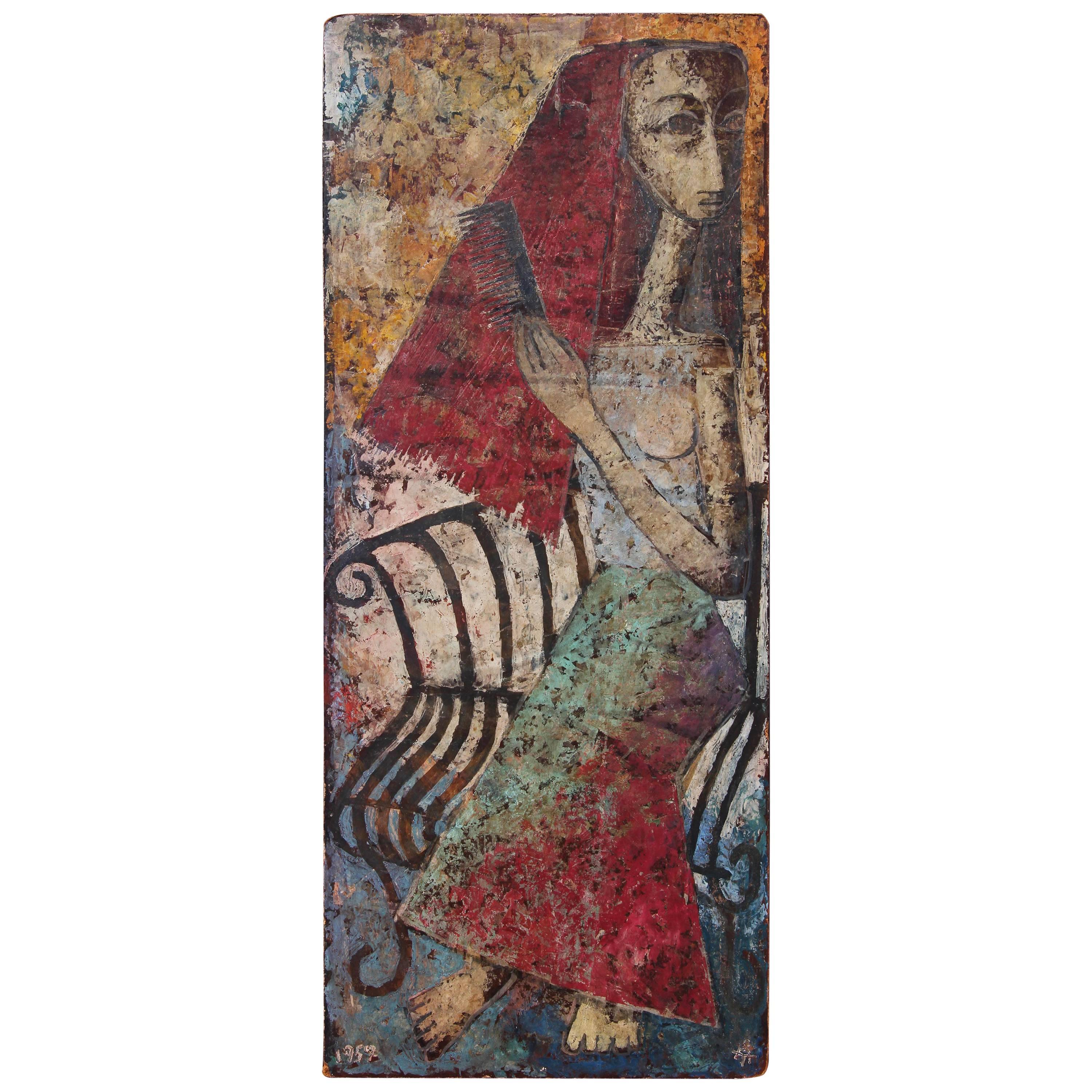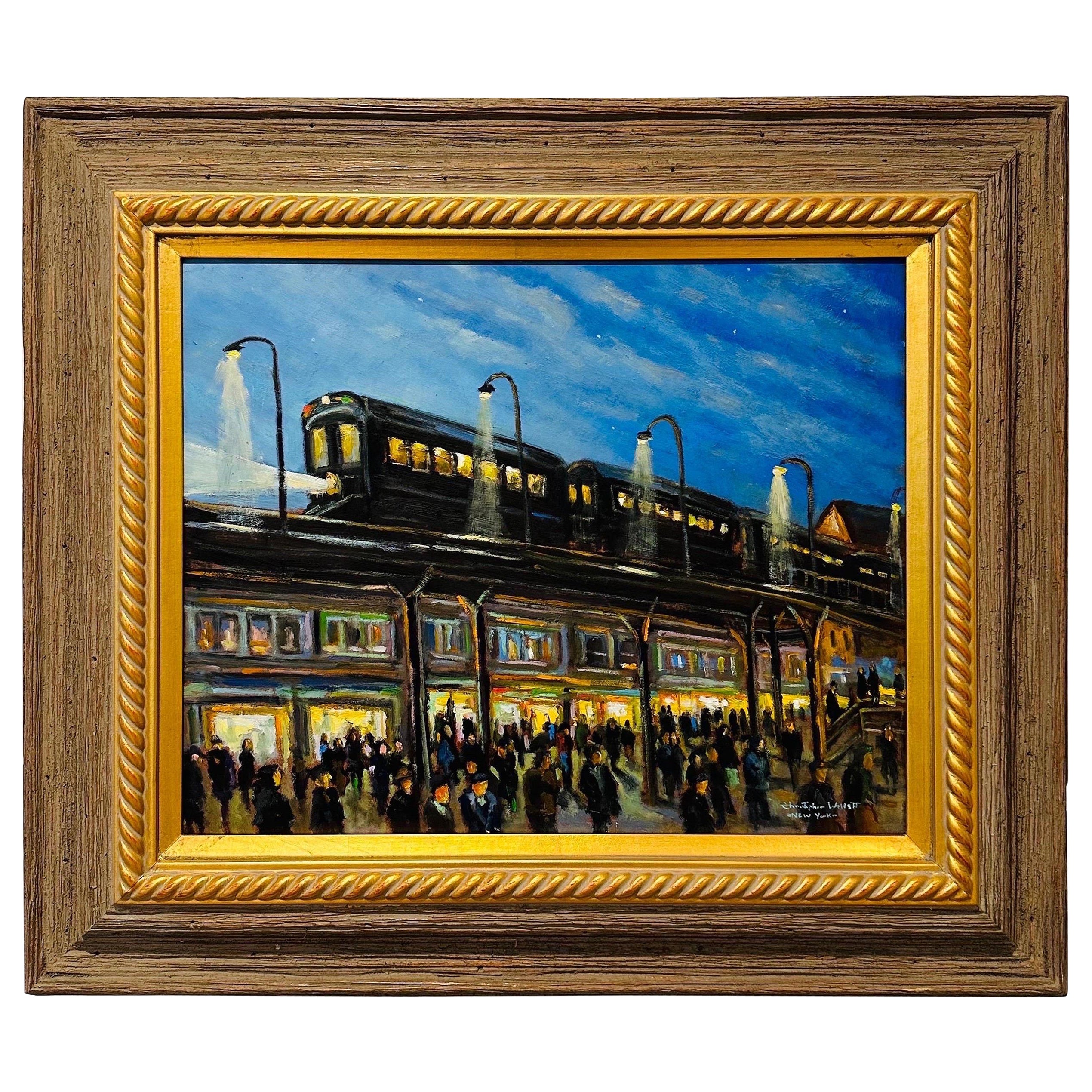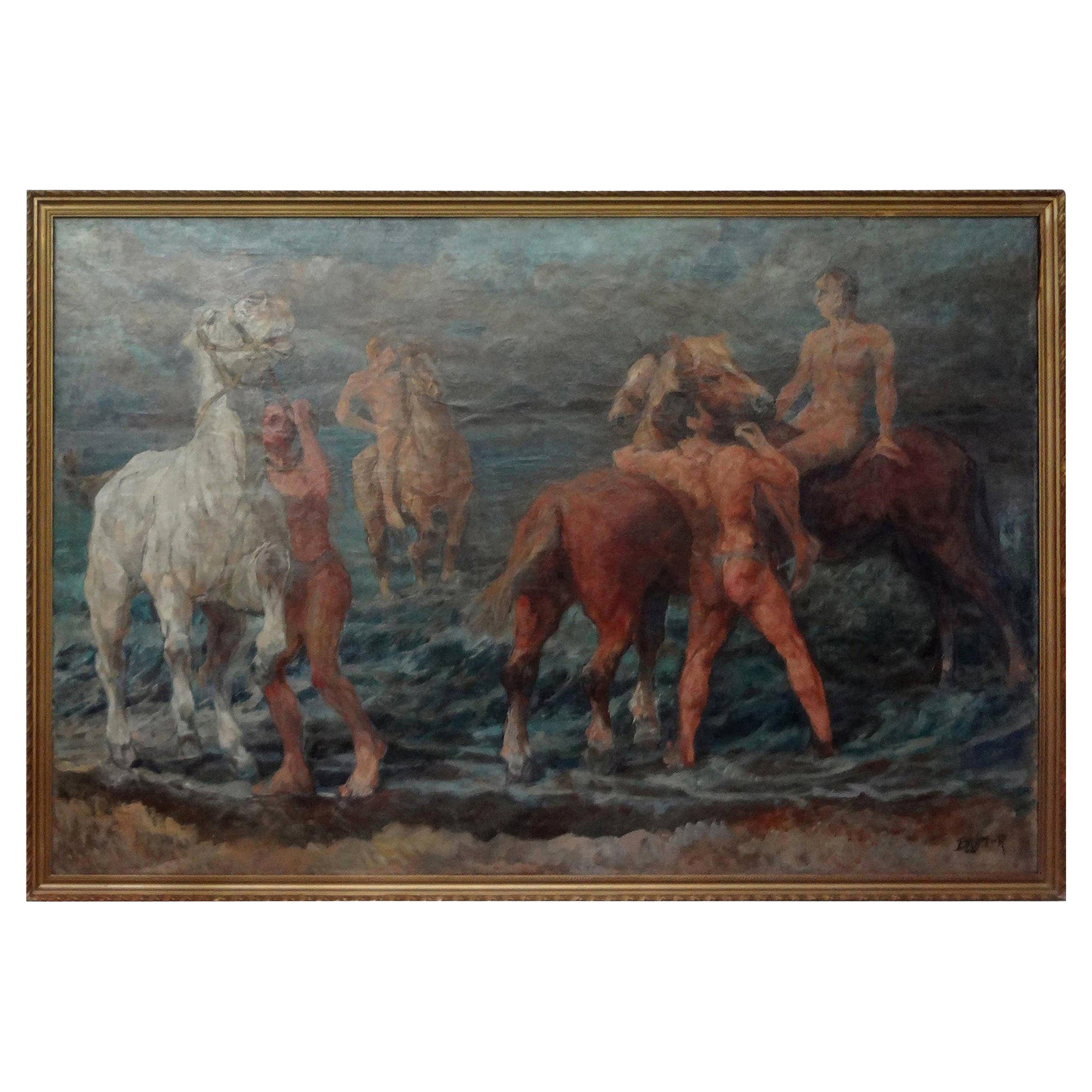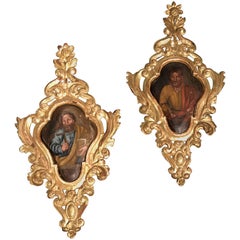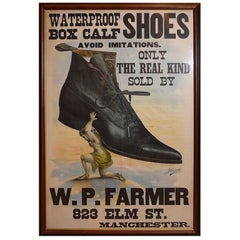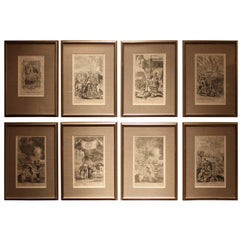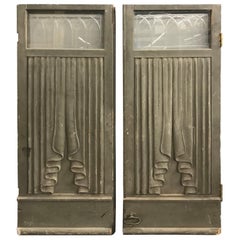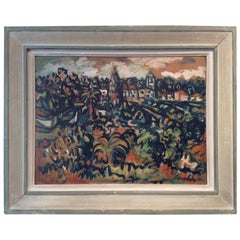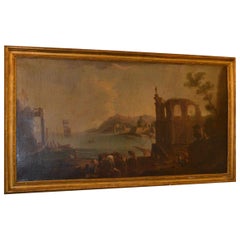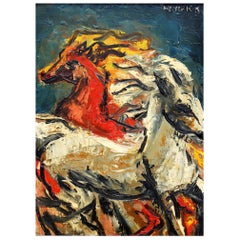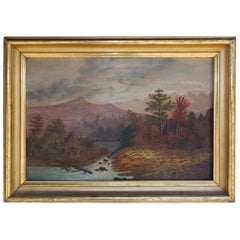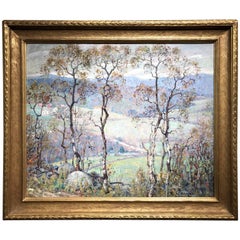
George Loftus Noyes Impressionist Landscape Oil Painting, The Valley
View Similar Items
Want more images or videos?
Request additional images or videos from the seller
1 of 8
George Loftus Noyes Impressionist Landscape Oil Painting, The Valley
Price:$11,900
$16,000List Price
About the Item
- Creator:George Loftus Noyes (Artist)
- Dimensions:Height: 32 in (81.28 cm)Width: 37 in (93.98 cm)Depth: 2.25 in (5.72 cm)
- Materials and Techniques:
- Place of Origin:
- Period:
- Date of Manufacture:circa early 20th century
- Condition:Wear consistent with age and use. Good to excellent overall condition, with minor imperfections. Please contact us for a full condition report before purchasing.
- Seller Location:Milford, NH
- Reference Number:Seller: 56351stDibs: LU93399507221
About the Seller
4.9
Platinum Seller
Premium sellers with a 4.7+ rating and 24-hour response times
Established in 1983
1stDibs seller since 2012
308 sales on 1stDibs
Authenticity Guarantee
In the unlikely event there’s an issue with an item’s authenticity, contact us within 1 year for a full refund. DetailsMoney-Back Guarantee
If your item is not as described, is damaged in transit, or does not arrive, contact us within 7 days for a full refund. Details24-Hour Cancellation
You have a 24-hour grace period in which to reconsider your purchase, with no questions asked.Vetted Professional Sellers
Our world-class sellers must adhere to strict standards for service and quality, maintaining the integrity of our listings.Price-Match Guarantee
If you find that a seller listed the same item for a lower price elsewhere, we’ll match it.Trusted Global Delivery
Our best-in-class carrier network provides specialized shipping options worldwide, including custom delivery.More From This Seller
View AllPair of Continental Baroque Style Painted Giltwood Panels Depicting Saints
Located in Milford, NH
A wonderful pair of Continental Baroque style carved giltwood panels depicting two different saints, unsigned, each with foliate crests and scrollwork carved giltwood frames, dating ...
Category
Antique Late 19th Century European Baroque Paintings
Materials
Wood, Giltwood
W.P. Farmer Manchester, NH Shoe Store Advertising Poster
Located in Milford, NH
Excellent advertising poster for Manchester, New Hampshire shoe store W.P. Farmer, circa 1880. Printed by Johns & Co. Litho, Cleveland. A great and unusual...
Category
Antique 19th Century American Posters
Materials
Paper
Set of Eight European Fire Related Engravings by G.Freeman Nicely Framed
Located in Milford, NH
This set of eight European fire-related wood engravings were drawn by G. Freeman and engraved by Dutch engraver Jan Kip from Richard Blome's Commentary on the Bible, 1695. They are titled as follows, starting upper left: 1) Manner of Burning the Martyrs in Smithfield; 2) The Siege of Jerusalem...
Category
Antique 18th Century European Prints
Pair of Victorian Wooden Hearse or Funeral Carriage Doors with Glass Transoms
Located in Milford, NH
A fine pair of Victorian wooden doors from a horse-drawn hearse or funeral carriage with rectangle glass transoms at the top of each, featuring relief drapery carvings on each in old...
Category
Antique Late 19th Century English Victorian Doors and Gates
Materials
Glass, Wood
English Charles II Silk Needlework with Figures and Animals
Located in Milford, NH
A fine example of an English Charles II silk needlework picture framed under glass with figures and animals in its border, and foliate decoration throu...
Category
Antique 1660s English Charles II Decorative Art
Materials
Silk
19th Century Copper Architectural Spire with Nice Surface Verdigris
Located in Milford, NH
A wonderful form hollow copper architectural spire from a church or public building with foliate and scroll decoration, and a nice surface verdigri...
Category
Antique 19th Century American Architectural Elements
Materials
Copper
You May Also Like
Sylvain Vigny Original French Post Impressionist Landscape Painting Oil on Board
By Sylvain Vigny
Located in Miami, FL
Original oil on board (isorel) painting by listed French artist Sylvain Vigny from Nice. This painting is bursting with wonderful rich colors that will brighten any space.
Signed on...
Category
20th Century French French Provincial Paintings
Materials
Paint
$1,560 Sale Price
20% Off
Large Landscape Oil Painting
Located in Vista, CA
Large landscape oil painting, circa 1890.
Category
Antique Late 19th Century French Paintings
Materials
Canvas
$17,995
Running Horses Abstract Impressionist Oil Painting
By Sheila Hendricks
Located in Rochester, NY
"Horses Running", a bold abstract impressionist oil painting with heavy impasto. By Sheila Hedricks. Signed. Oil on board. In a per...
Category
Vintage 1940s American Mid-Century Modern Paintings
Materials
Gesso, Wood, Paint
American Oil Framed Landscape on Academy Board, Hudson Valley, Circa 1820
Located in Charleston, SC
American school oil landscape on academy board in the original gold gilt molded frame. Landscape depicts Hudson Valley with mountains in the background, trees in the foreground and a...
Category
Antique 1820s American American Classical Paintings
Materials
Giltwood
Arts & Crafts Impressionist Landscape Painting, Chicago Artist, 1926
Located in Vero Beach, FL
Arts & crafts impressionist landscape painting, Chicago Artist, 1926
This painting is a perfect example of the Arts & Crafts movement. It is a matur...
Category
Vintage 1920s Arts and Crafts Paintings
Materials
Canvas
$2,560 Sale Price
20% Off
Antique Framed Impressionist Oil Painting on Board
Located in Houston, TX
Antique framed impressionist oil painting on board.
Lovely artist signed antique framed impressionist oil painting on board. This beauty d...
Category
Vintage 1920s Barbizon School Paintings
Materials
Masonite
